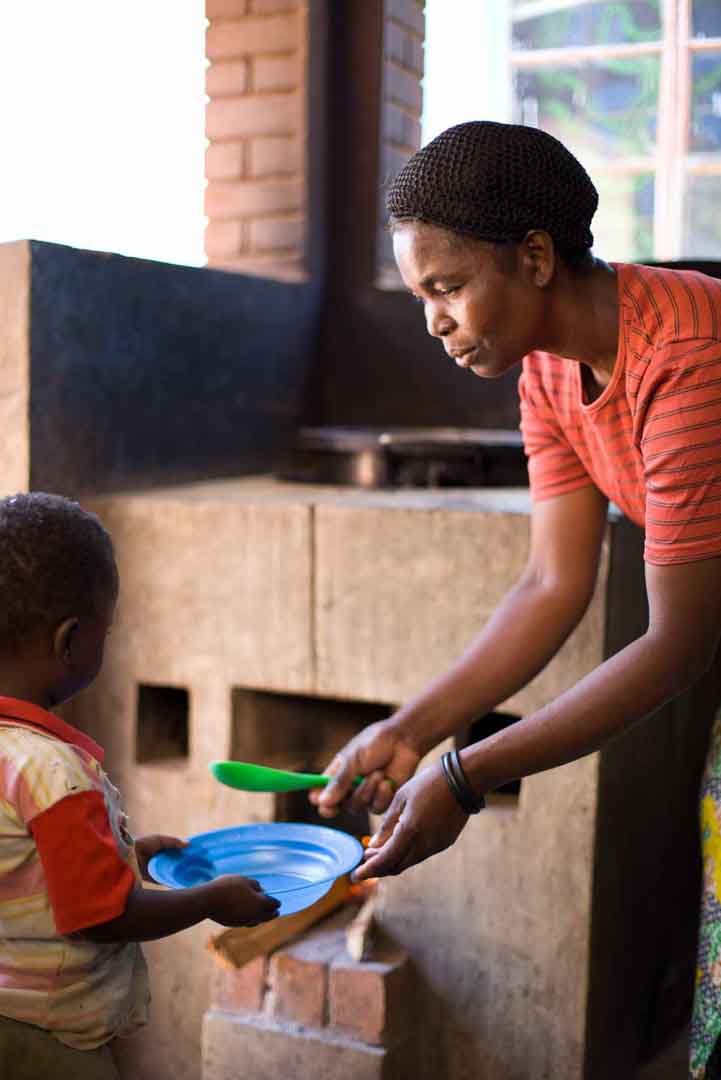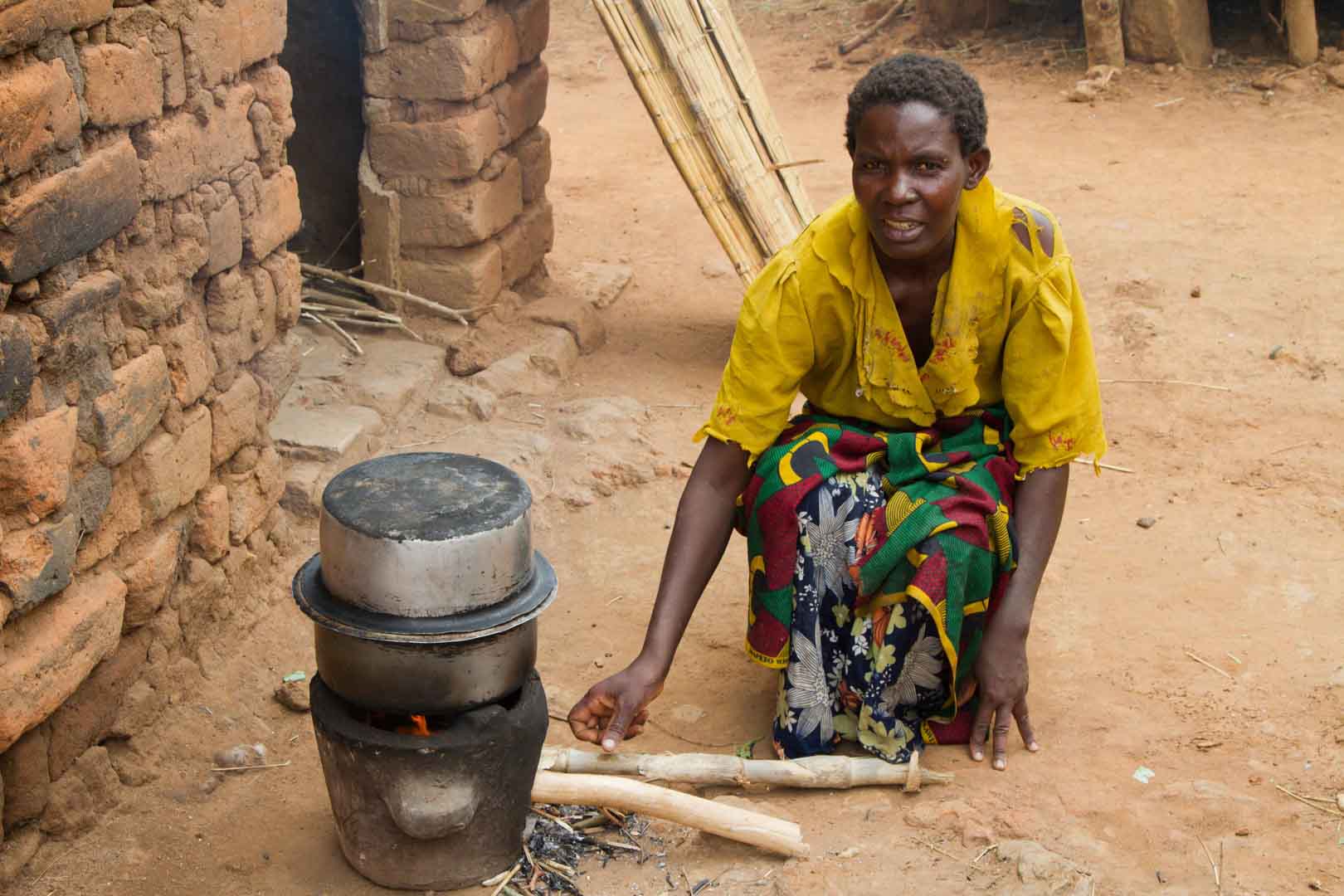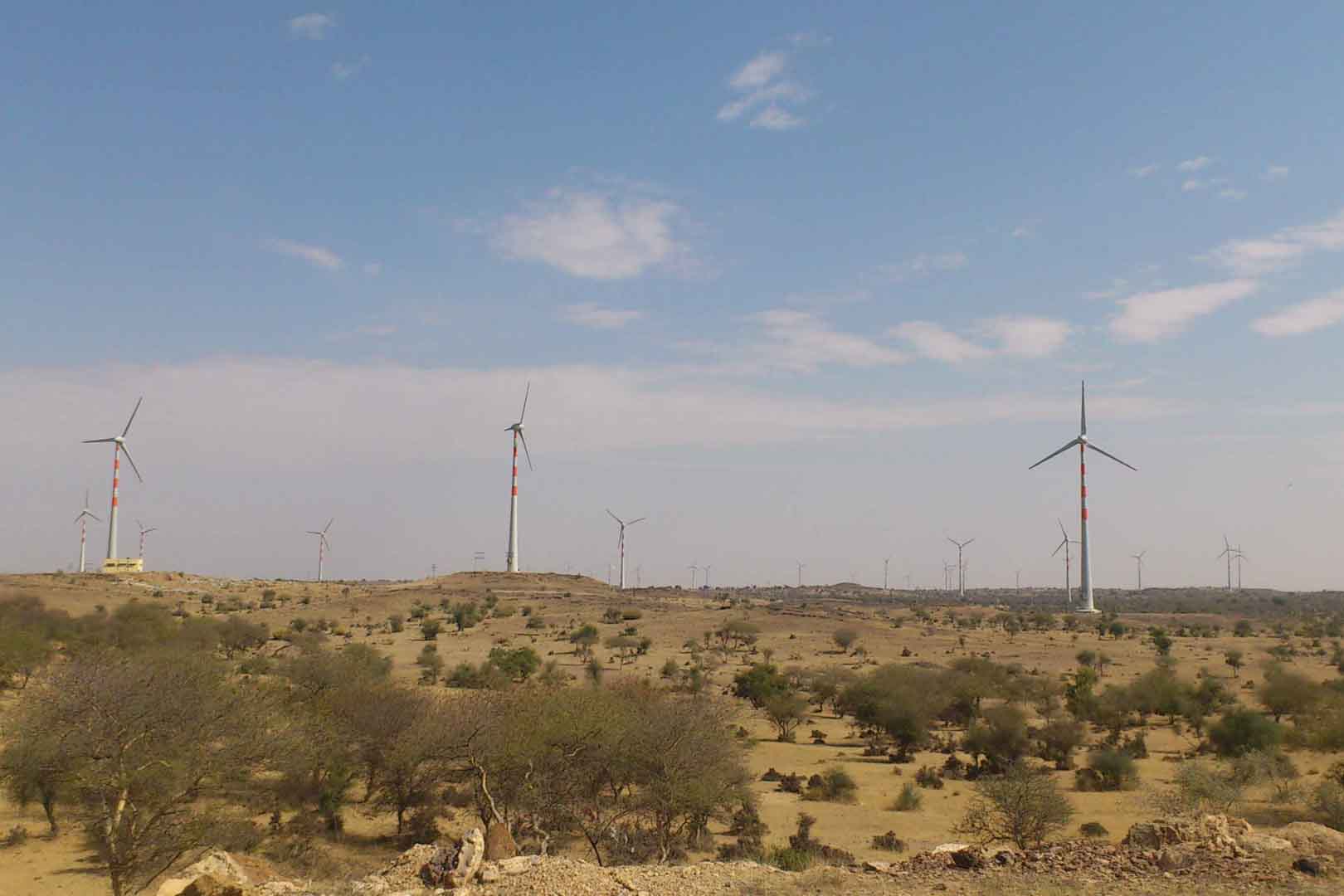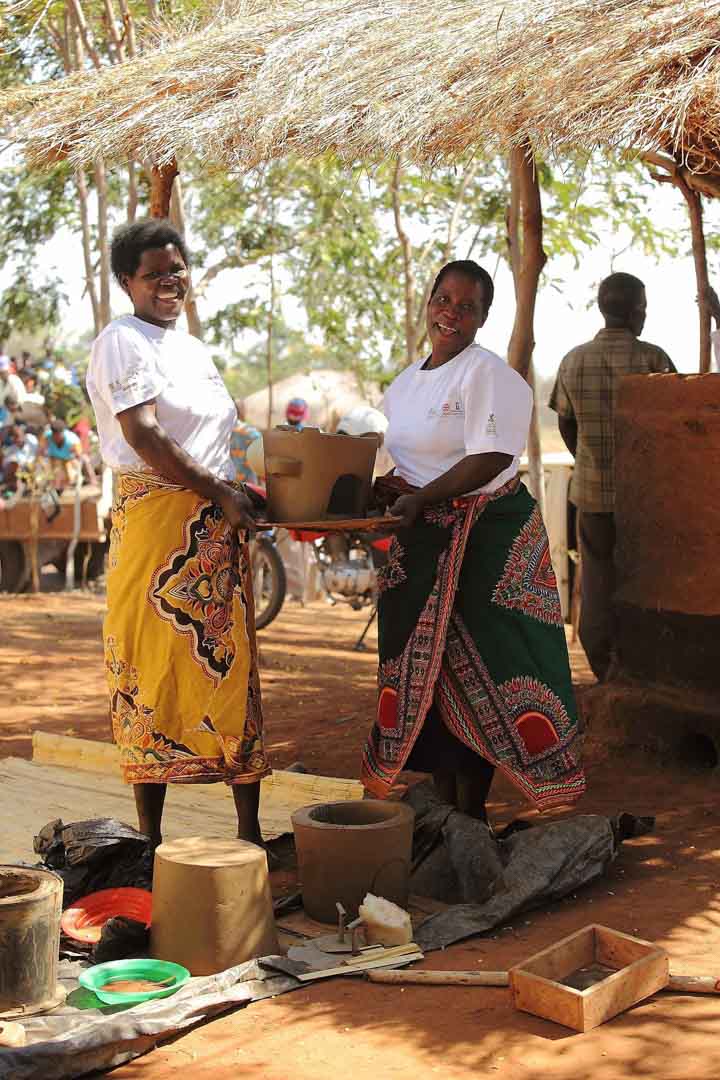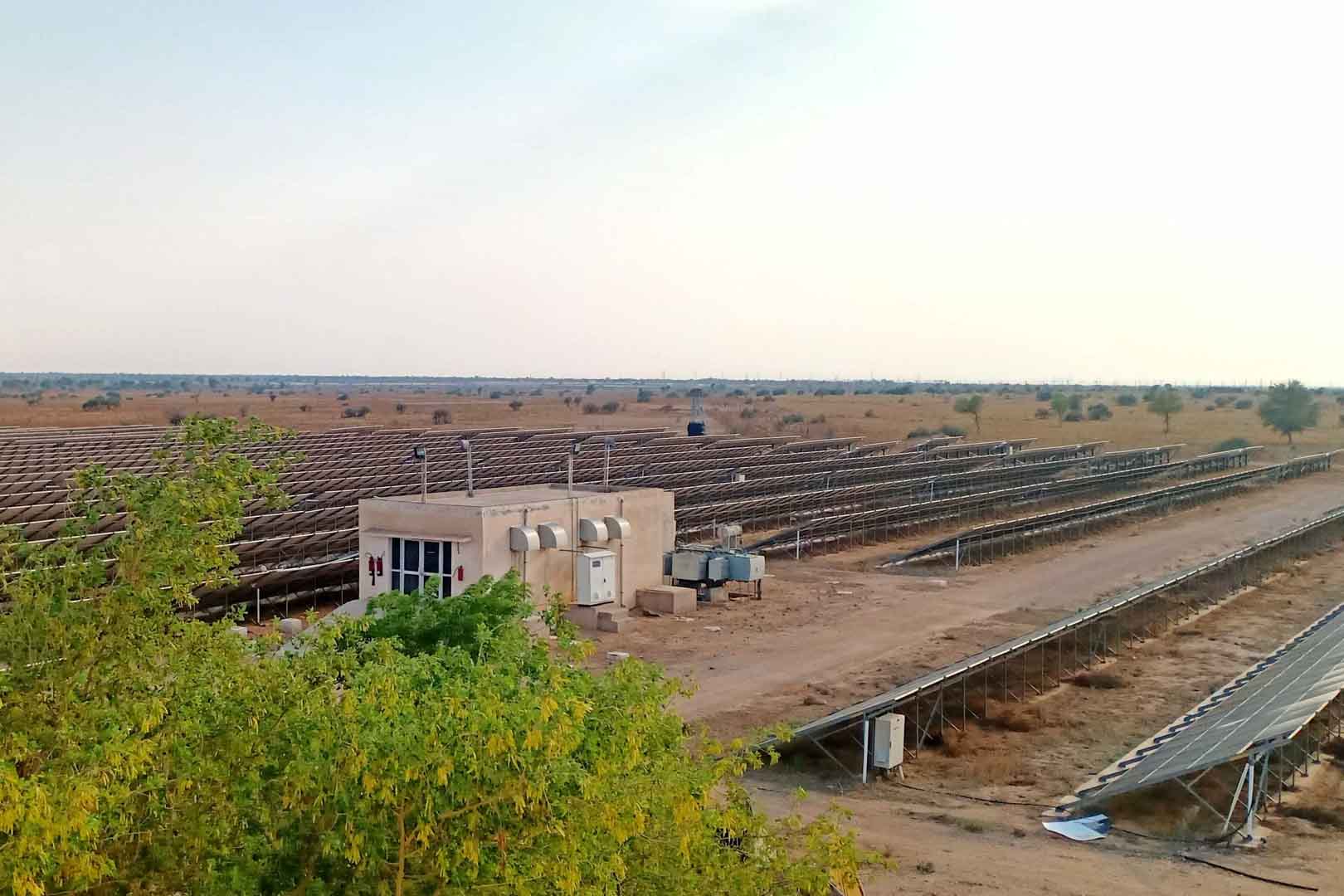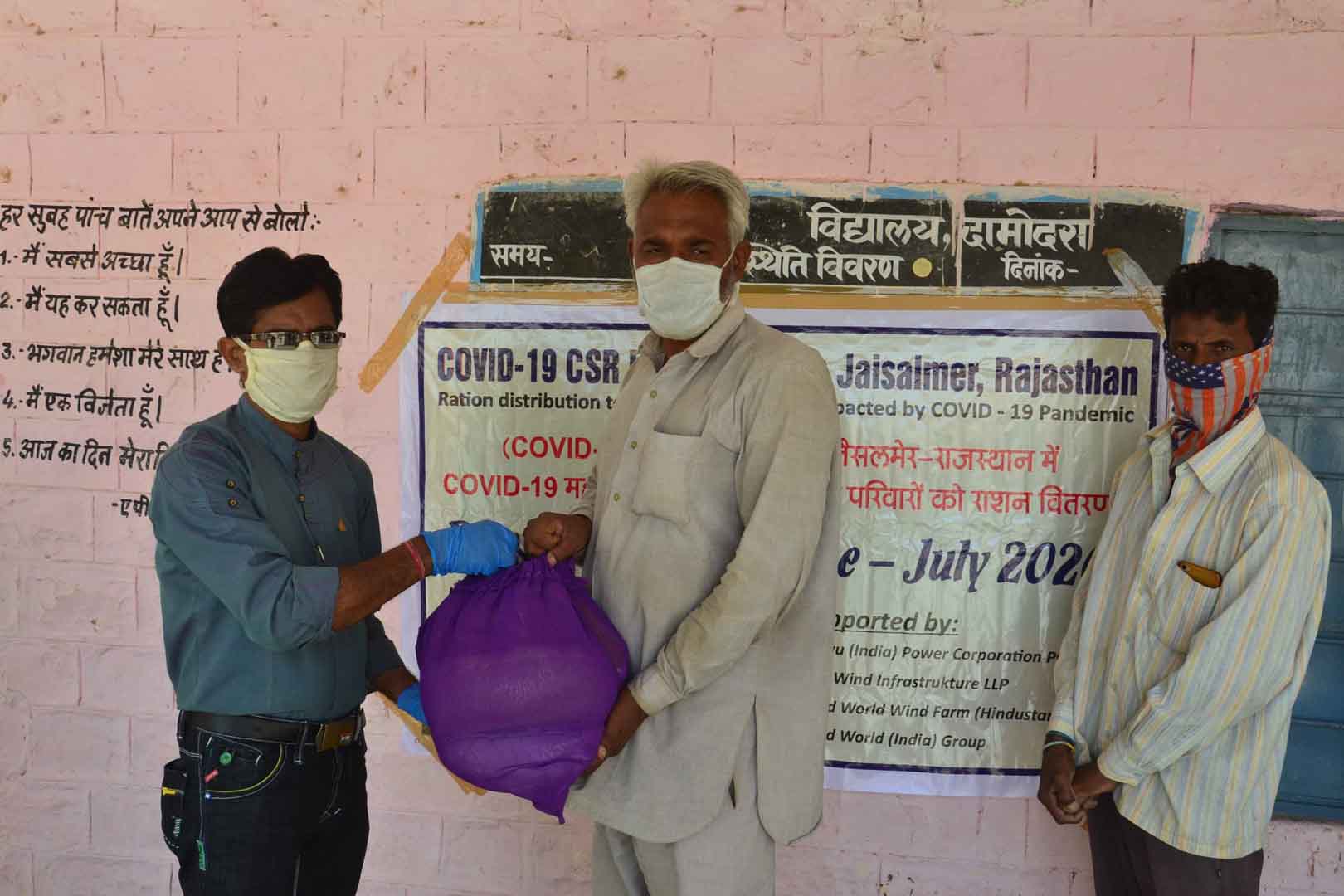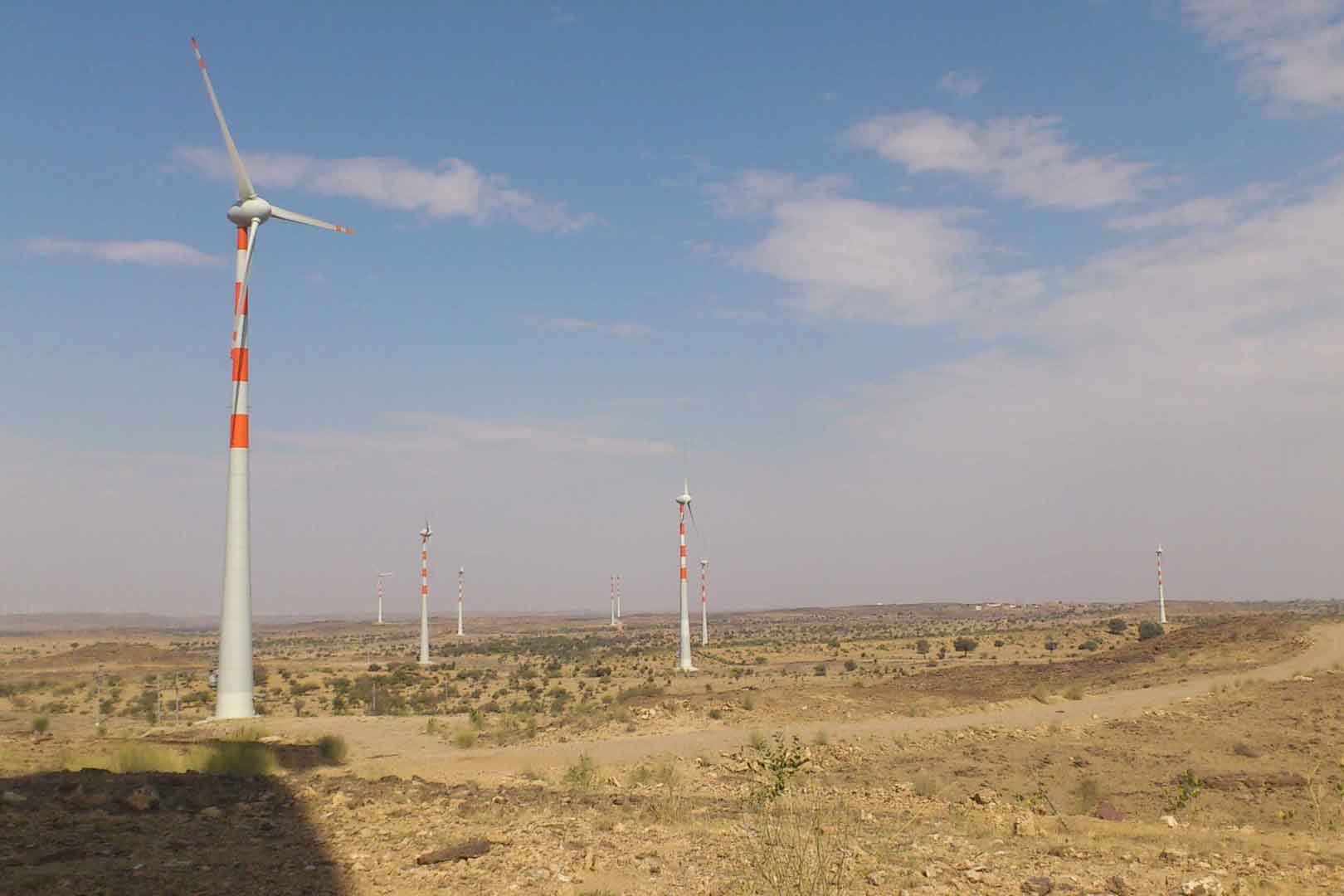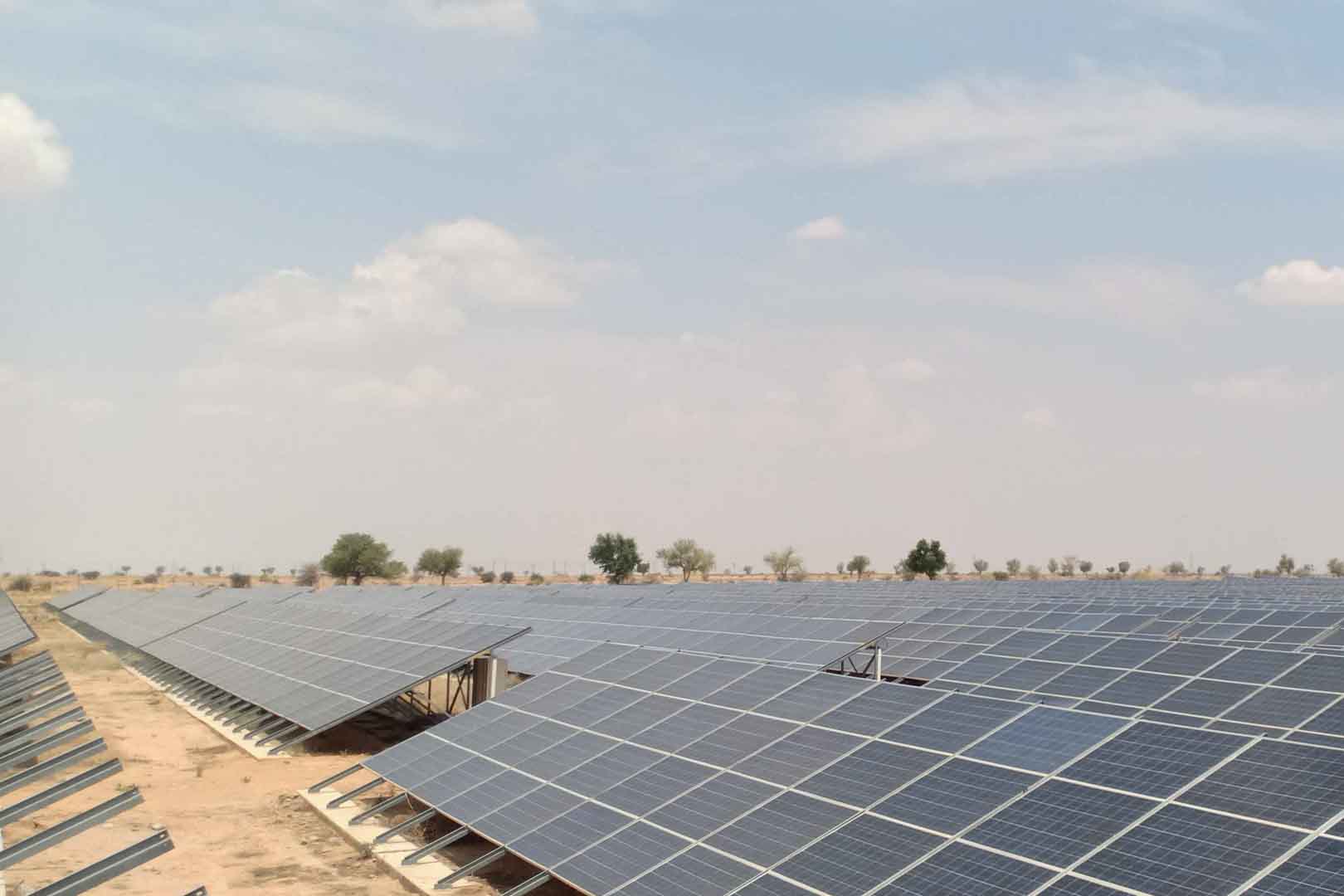Klimaschutzprojektportfolio für Molkerei Gropper GmbH
Die Molkerei Gropper GmbH unterstützt die folgenden Klimaschutzprojekte.
Das Solarenergieprojekt in der Region Rajasthan in Indien nutzt eine Photovoltaik Anlage, um die Sonneneinstrahlung in saubere Energie umzuwandeln und diese in das Stromnetz einzuspeisen, welches Nord-, Ost-, West- und Nord-Ost Indien versorgt (climatepartner.com/1447).
Der in der Wüste Indiens herrschende Wind wird ebenfalls für Energie aus erneuerbaren Energien genutzt. Das Salodi Windkraftprojekt versorgt hier mit 37 Windturbinen und einer Gesamtleistung von 29,6 MW seit 2012 das regionale Stromnetz (climatepartner.com/1302).
Das Projekt in Malawi unterstützt durch saubere Kochöfen Menschen und Klima. Diese bieten eine bessere Energieeffizienz und verbrauchen weniger Holz. Dadurch wird Rauch beim Kochen verringert und CO2-Emissionen eingespart (climatepartner.com/1115).
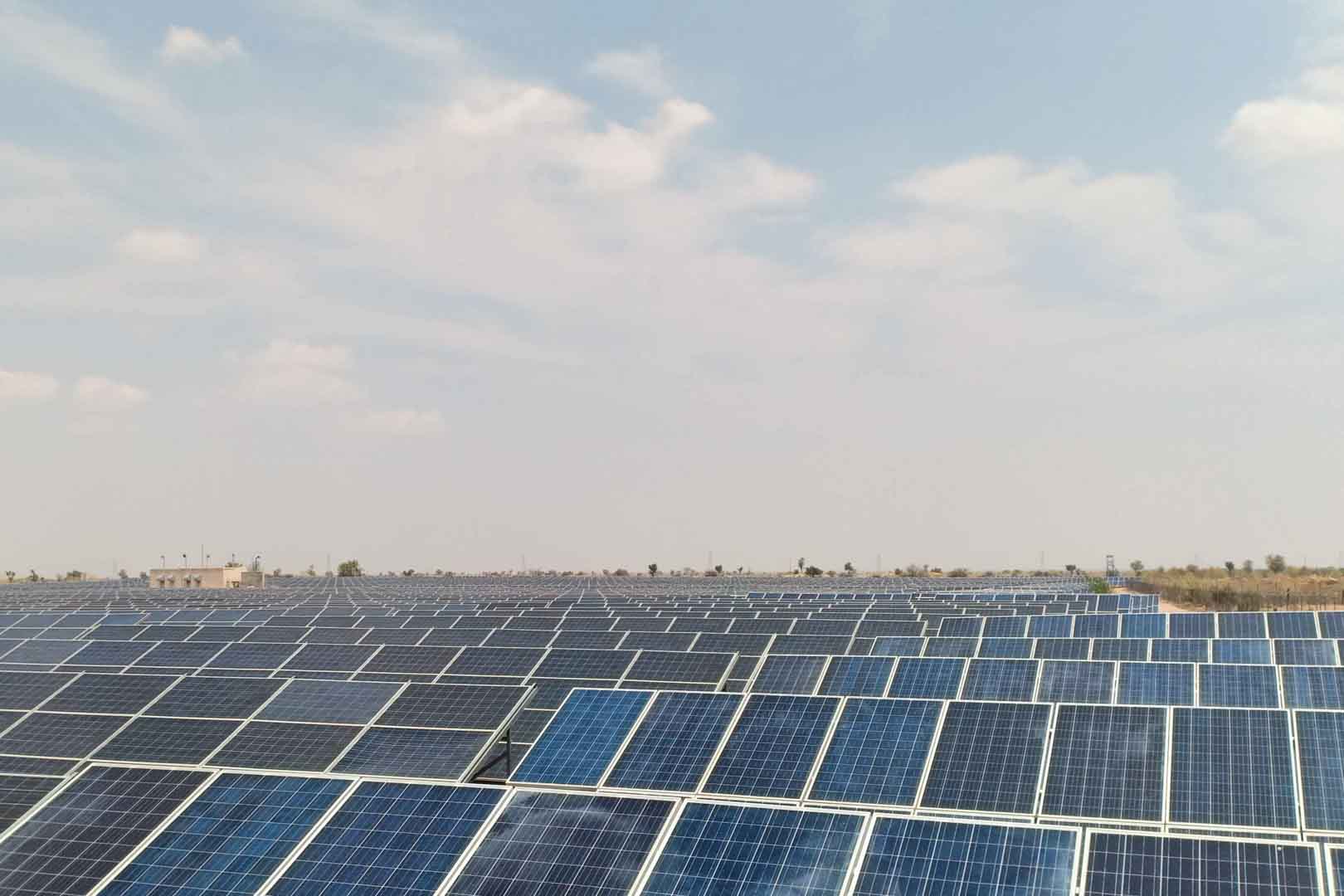
The portfolio includes projects that evidently reduce CO2 emissions using various technologies. These include, for example, the protection of rainforests, energy efficiency measures or the expansion of renewable energies. The income from the sale of proven CO2 savings is necessary to be able to implement climate projects in economically weak regions.
Besides reducing greenhouse gases, the project activities create additional benefits for the environment and local people. Detailed descriptions of the projects and methods for reducing emissions can be found via the respective project links. The portfolio projects are registered with international standards.
Explore our projects
Biochar for Climate Action, Healthy Soils, and Better Harvests
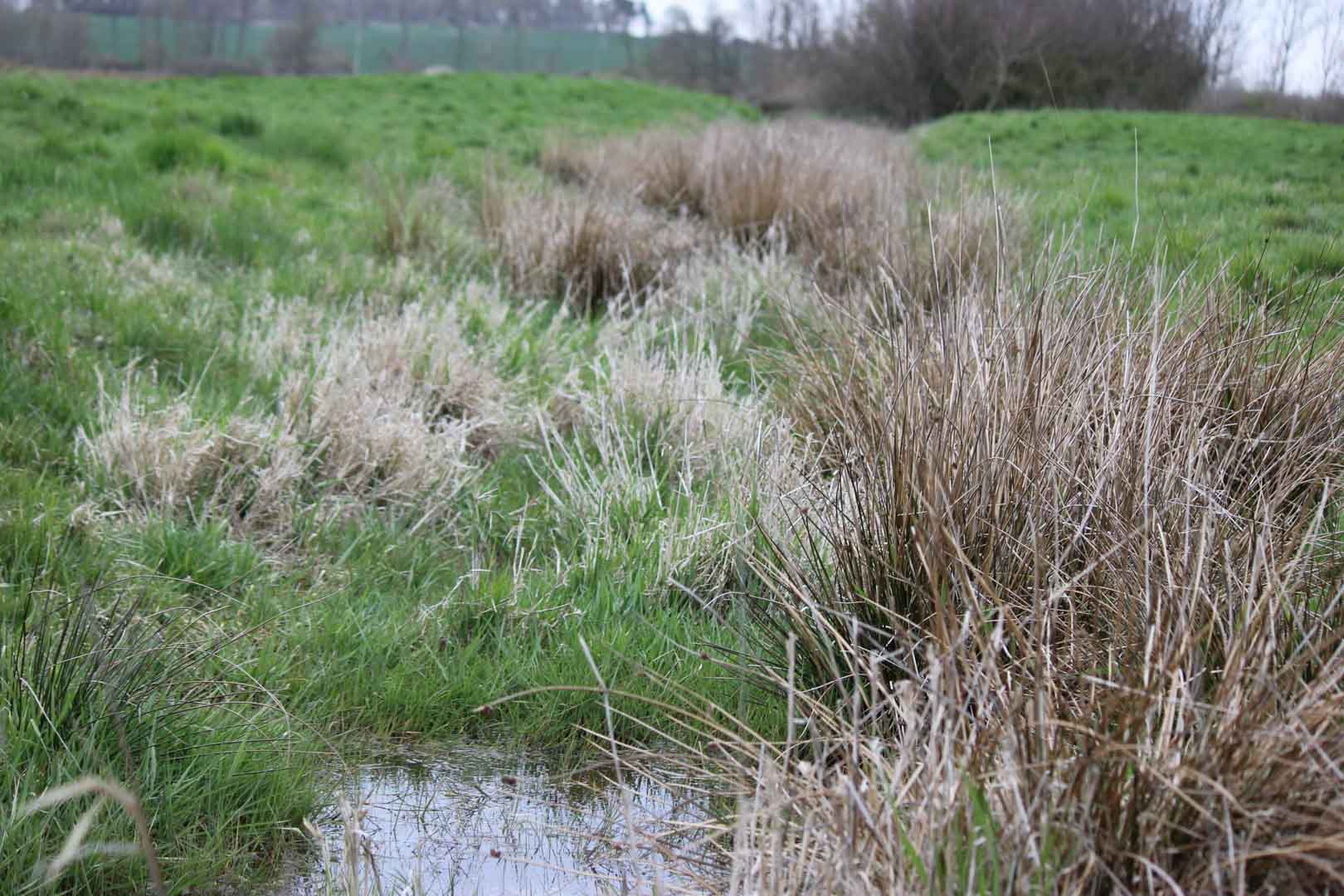
A certified climate project combined with additional commitment
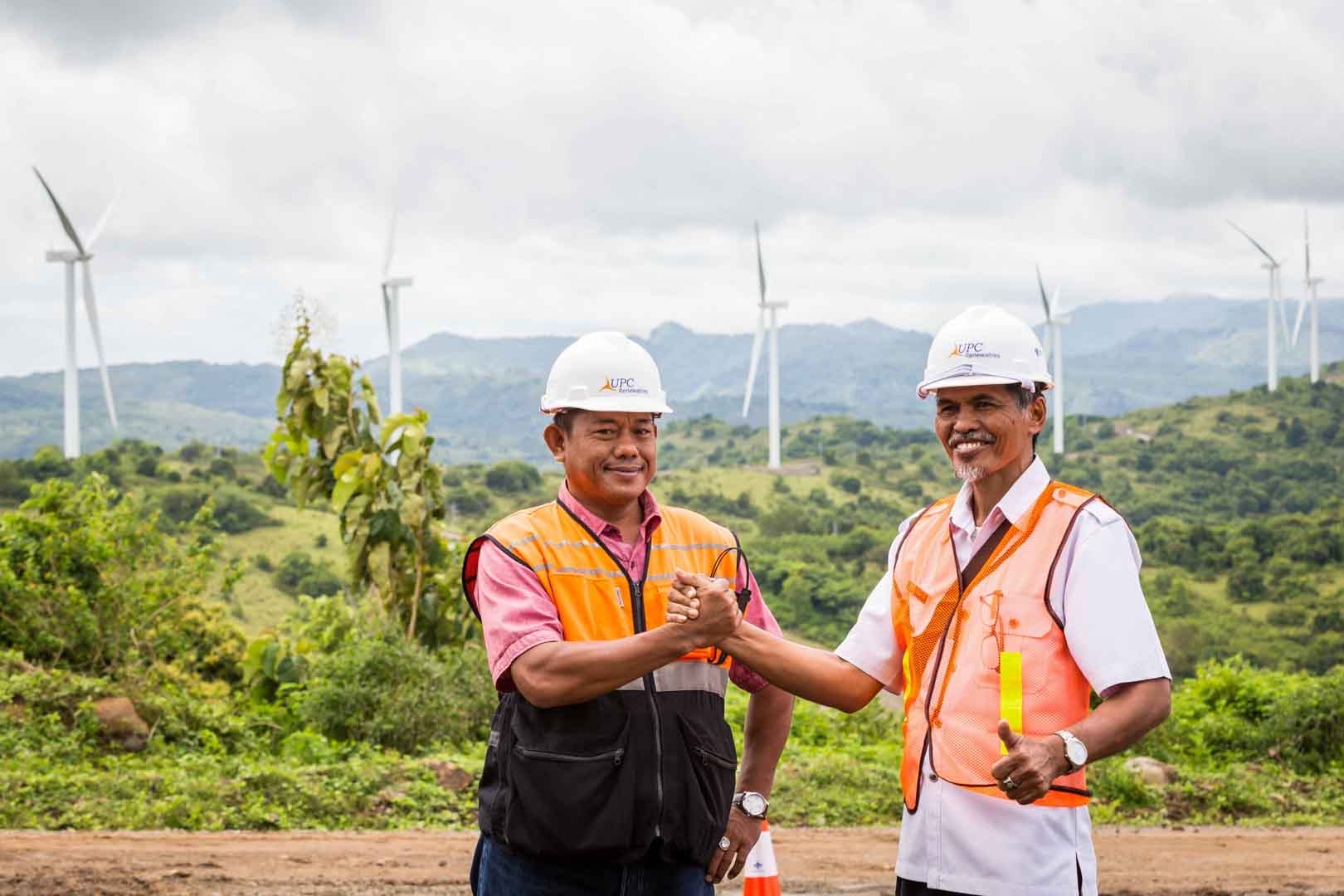
Expansion of renewable energy generation in Asia
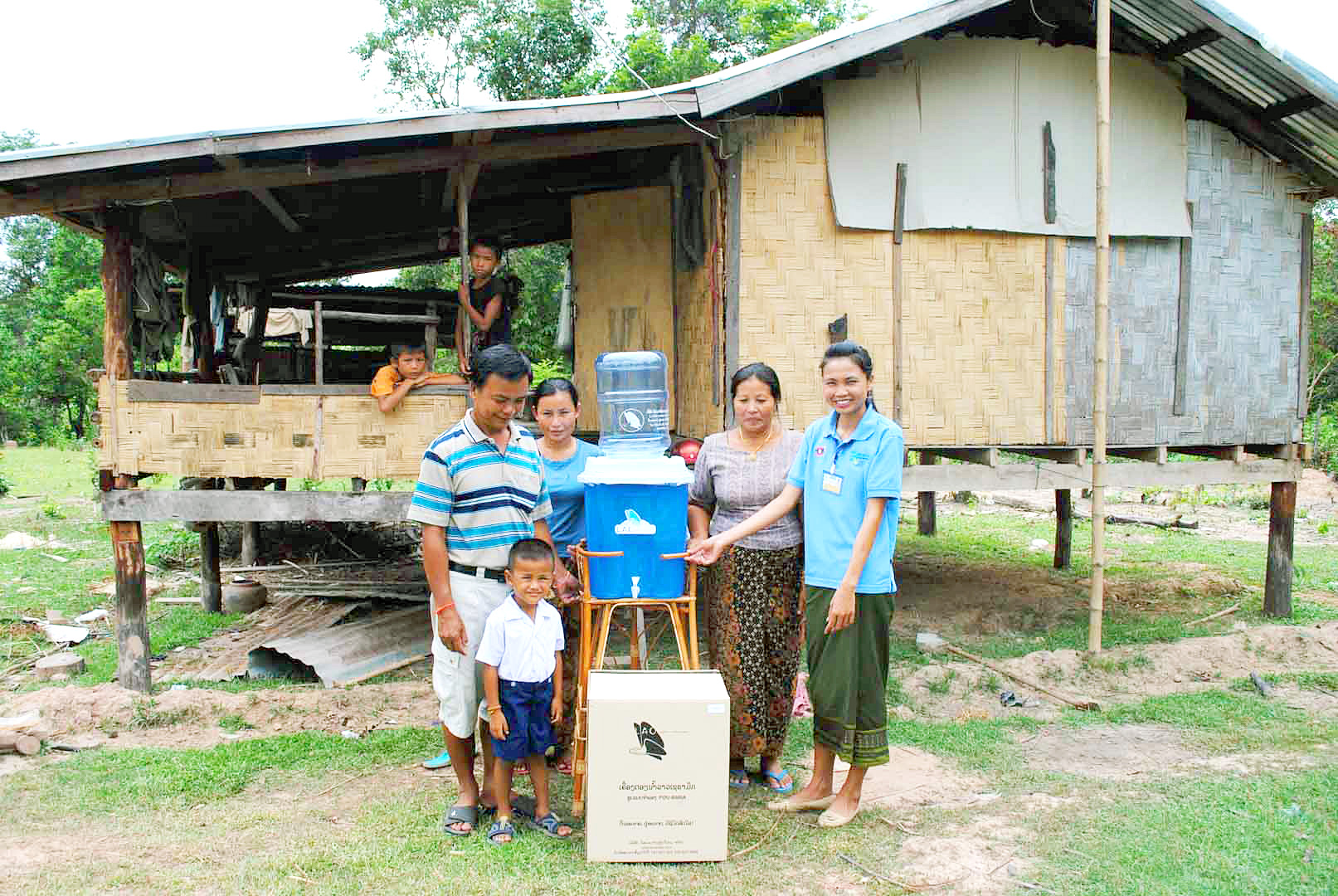
Ceramic water filters save CO2 and improve health
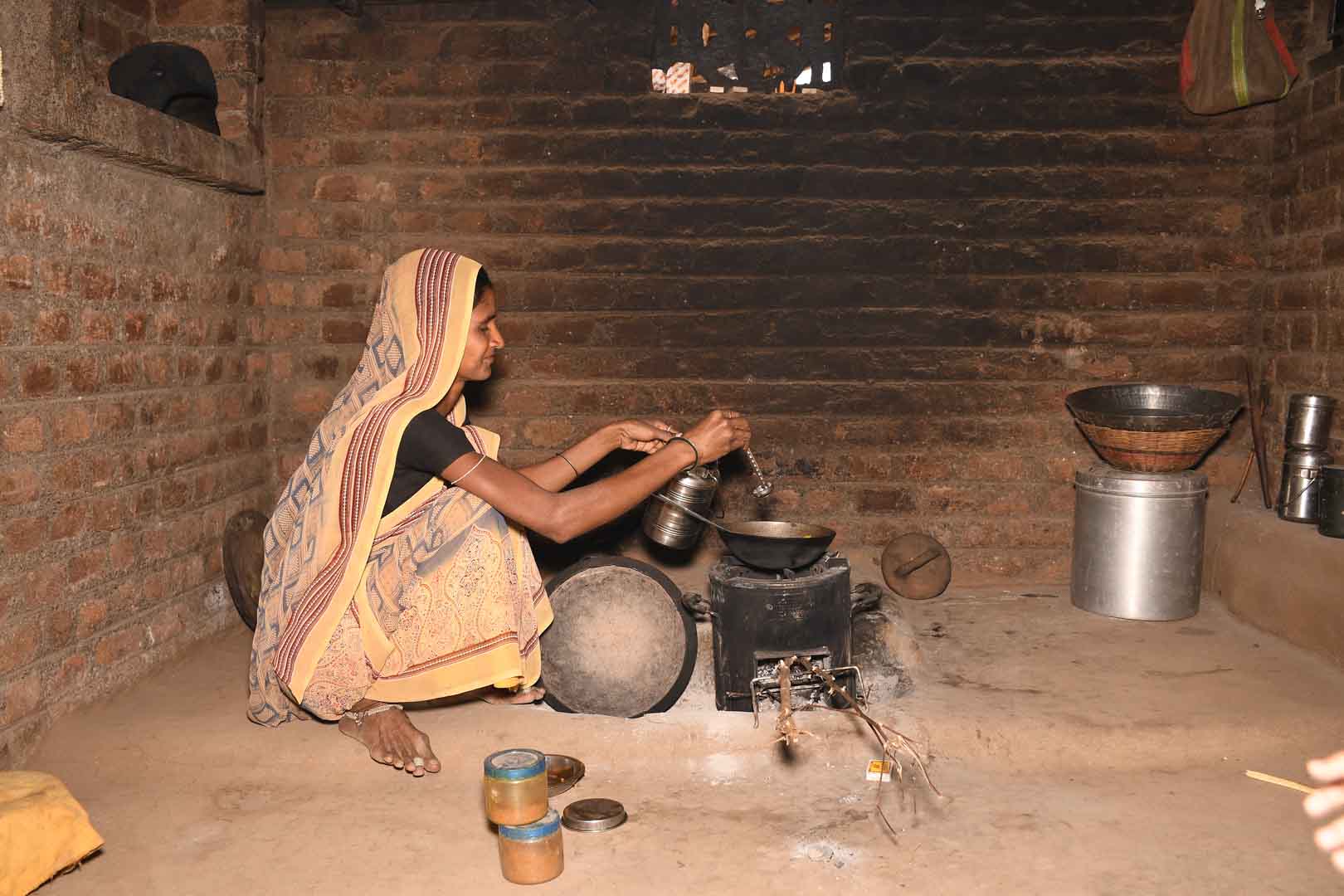
Improved cookstoves worldwide – for better health and cleaner air

A certified climate project combined with additional commitment
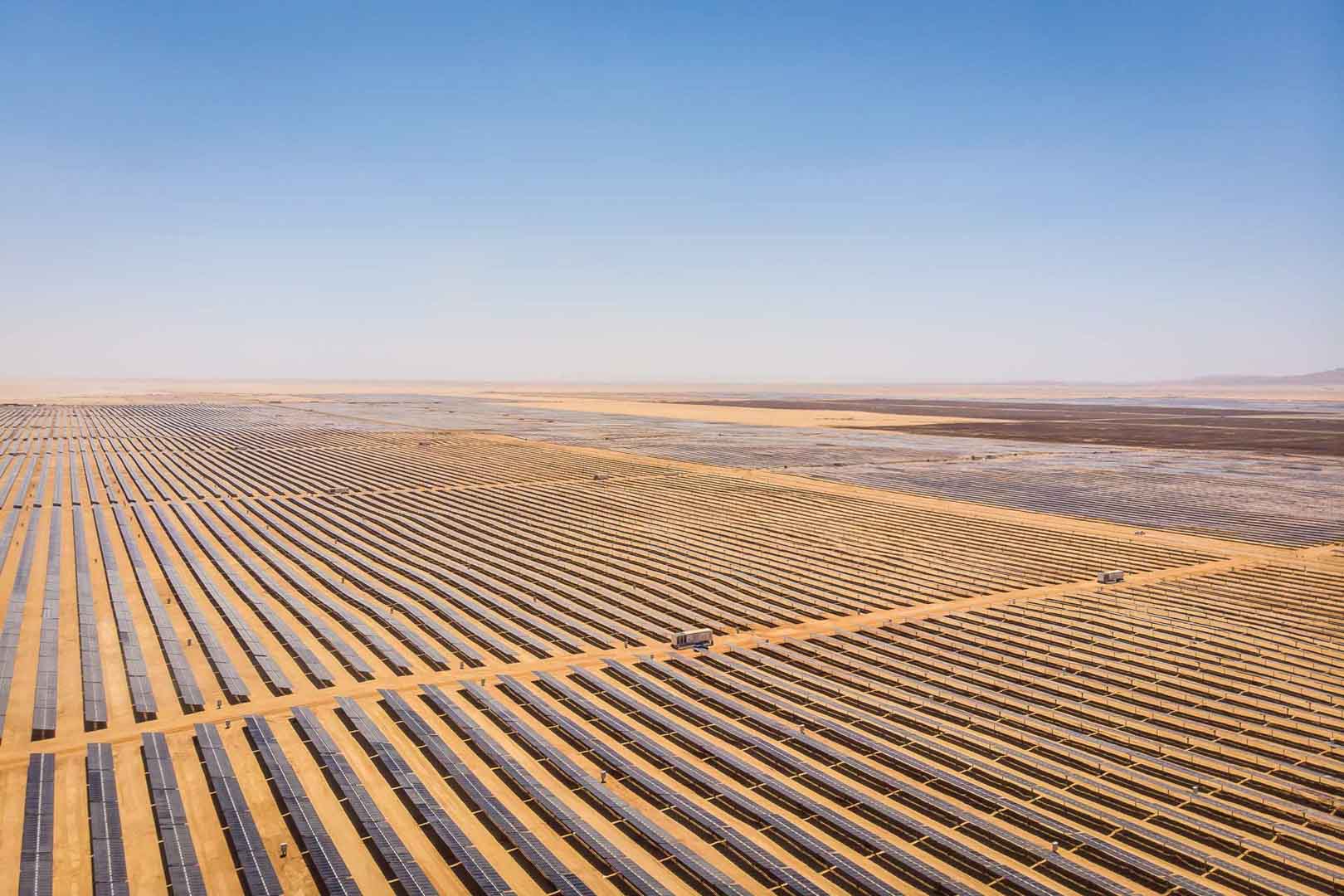
Powering access to renewable energy in Africa
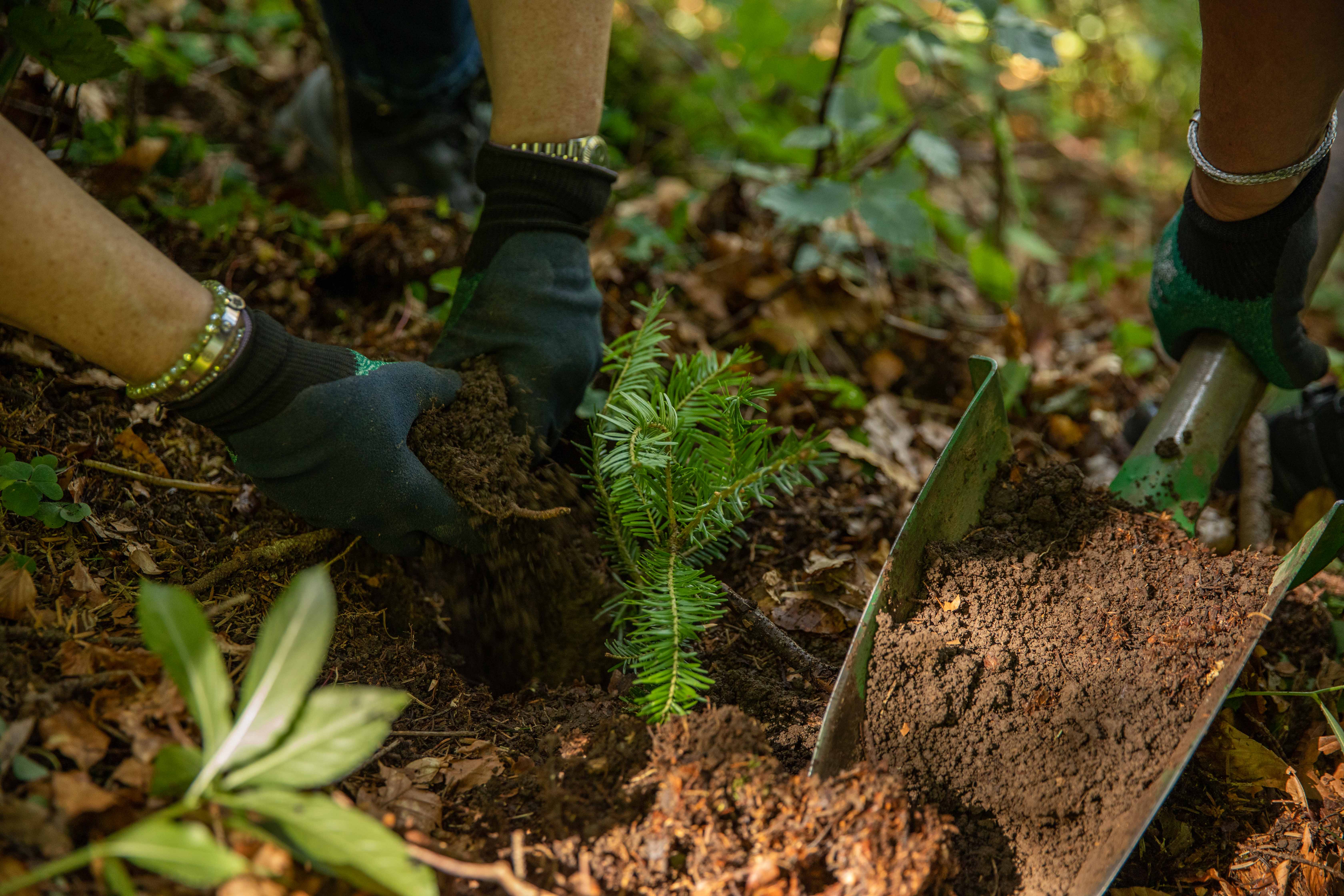
A certified climate project combined with additional commitment
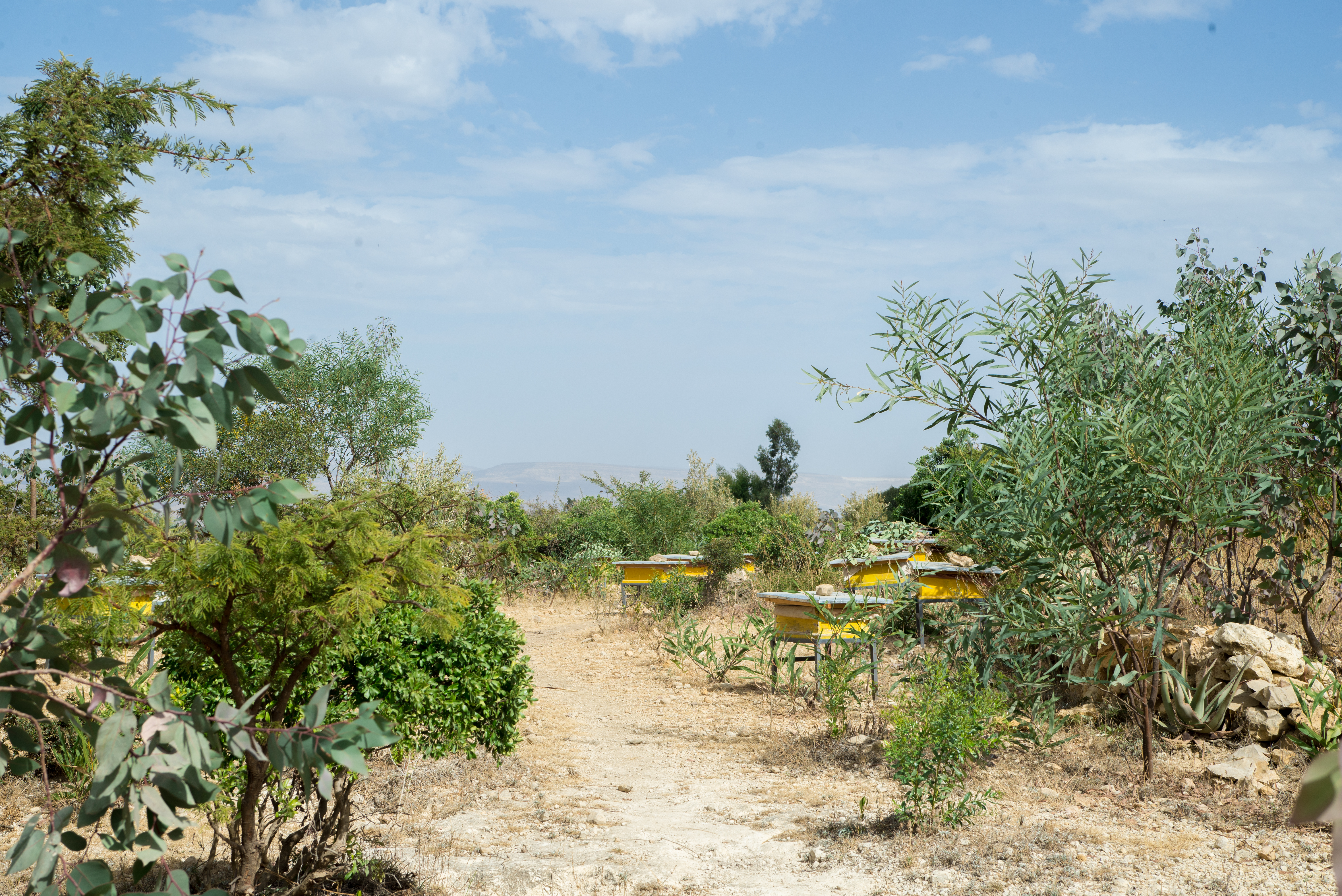
Restored ecosystems remove carbon
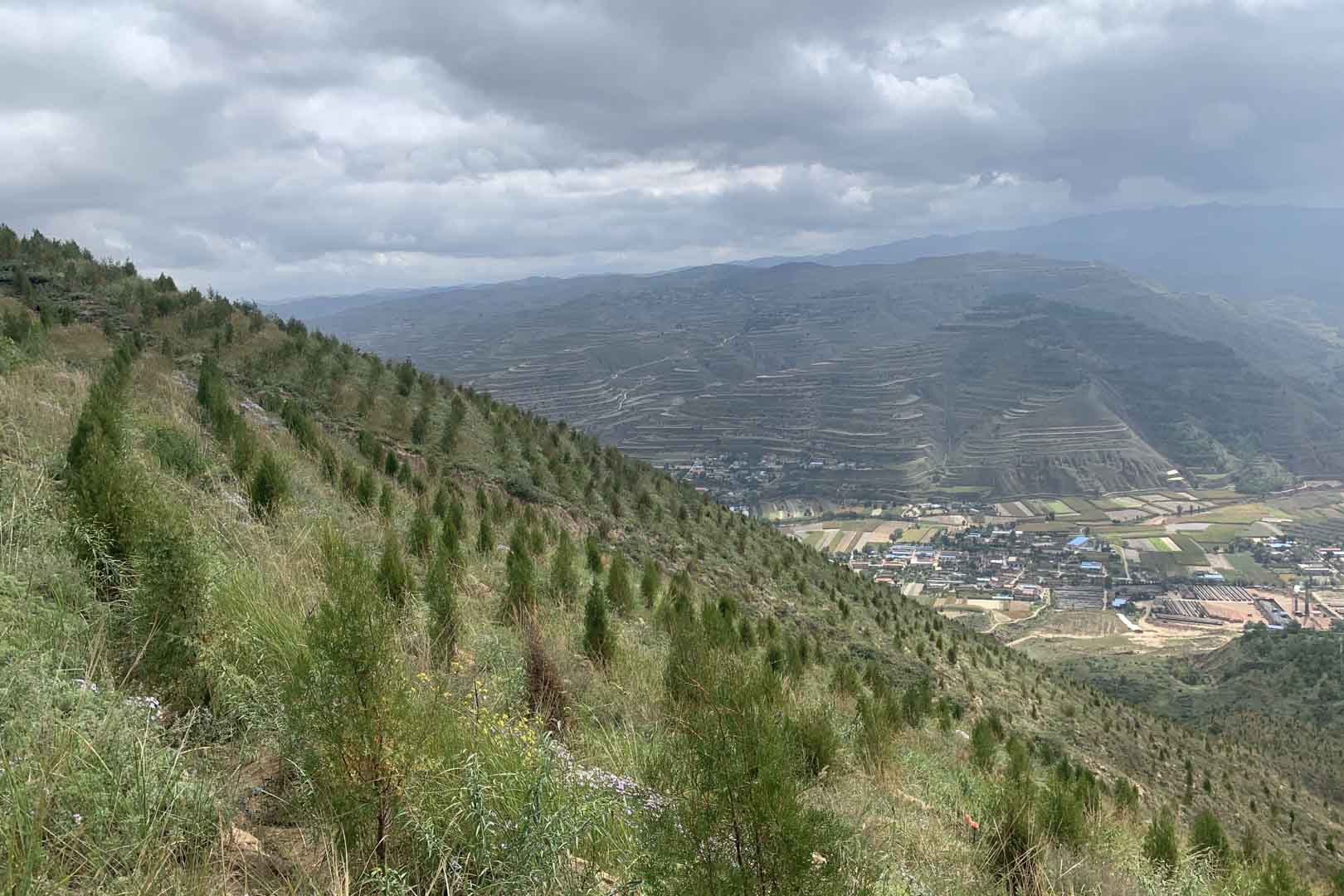
Turning degraded farmlands into healthy ecosystems
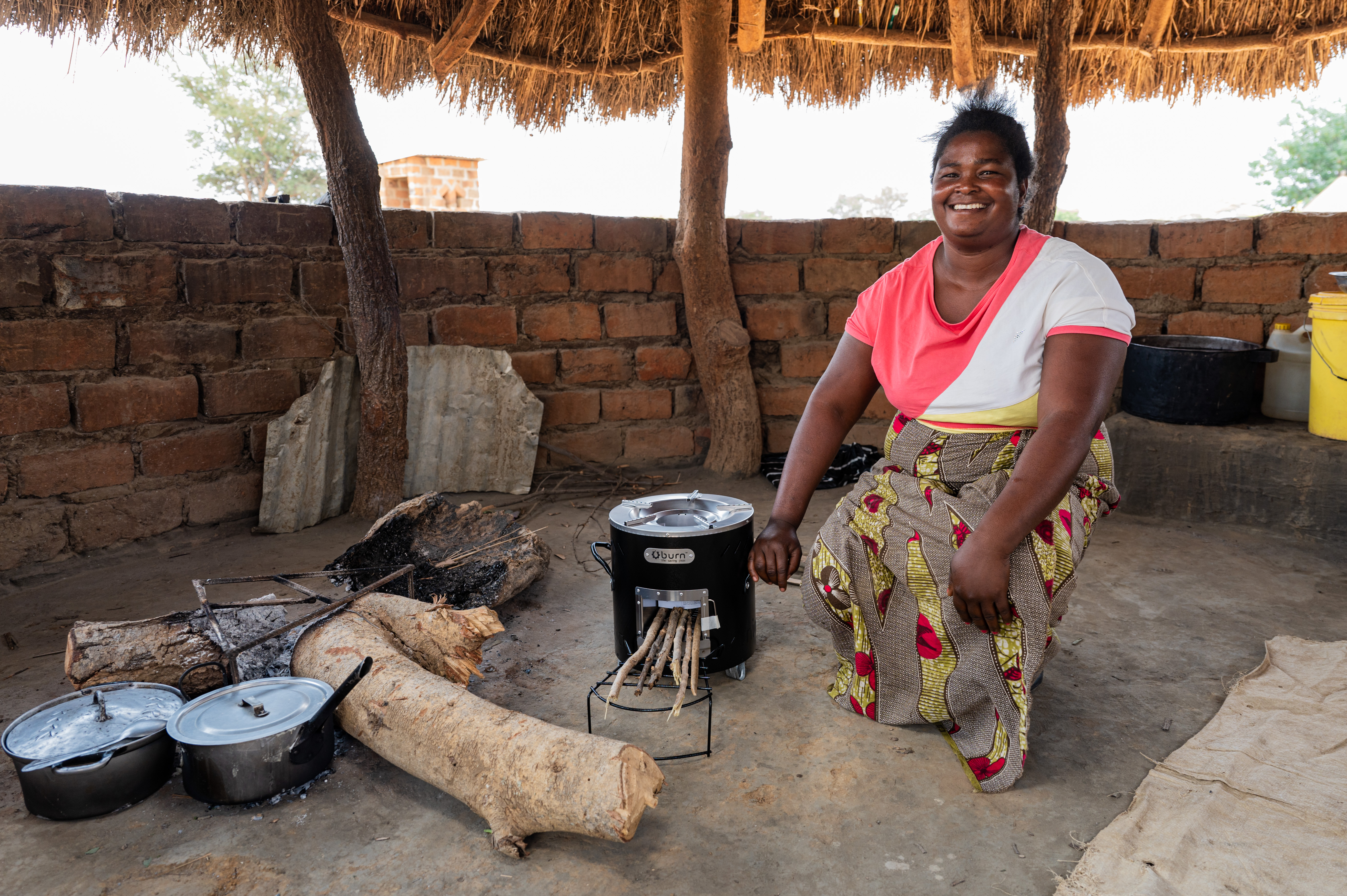
Improved cookstoves - better for health and the environment
